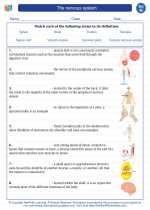Single Replacement Reactions
Single replacement reactions, also known as single displacement reactions, are a type of chemical reaction in which an element displaces another element from a compound. These reactions occur between a single element and a compound, resulting in the formation of a new compound and a different element. The general form of a single replacement reaction can be represented as:
A + BC → AC + B
In this reaction, element A replaces element B in compound BC to form compound AC and element B.
Key Concepts
- Reactivity Series: The reactivity series is a list of elements in order of their reactivity. This series helps predict whether a single replacement reaction will occur.
- Activity Series: Similar to the reactivity series, the activity series is a list of metals in order of their reactivity with hydrogen and acids.
- Chemical Equation: Single replacement reactions are represented using chemical equations, where the reactants and products are written using chemical symbols and formulas.
- Predicting Products: Understanding the reactivity and activity series helps in predicting the products of single replacement reactions.
Examples of Single Replacement Reactions
Some common examples of single replacement reactions include the reaction of a metal with an acid, the reaction of a metal with water, and the reaction of a halogen with a metal salt.
Study Guide
Here are some key points to focus on when studying single replacement reactions:
- Understand the reactivity series and activity series and how they are used to predict single replacement reactions.
- Practice balancing chemical equations for single replacement reactions.
- Identify the products of single replacement reactions and understand the role of reactivity in determining the products.
- Be familiar with common examples of single replacement reactions and their applications in various chemical processes.
Remember to review your class notes, textbook, and additional resources to reinforce your understanding of single replacement reactions.
.◂Science Worksheets and Study Guides Eighth Grade. The nervous system
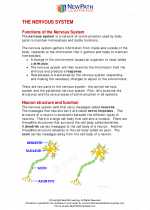
 Worksheet/Answer key
Worksheet/Answer key
 Worksheet/Answer key
Worksheet/Answer key
 Worksheet/Answer key
Worksheet/Answer key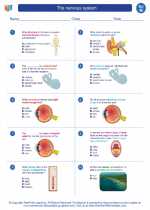
 Vocabulary/Answer key
Vocabulary/Answer key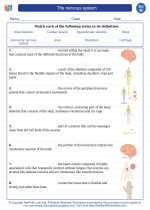
 Vocabulary/Answer key
Vocabulary/Answer key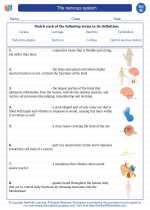
 Vocabulary/Answer key
Vocabulary/Answer key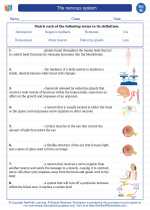
 Vocabulary/Answer key
Vocabulary/Answer key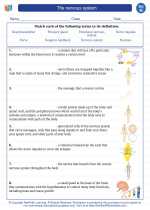
 Vocabulary/Answer key
Vocabulary/Answer key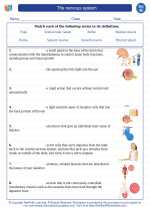
 Vocabulary/Answer key
Vocabulary/Answer key